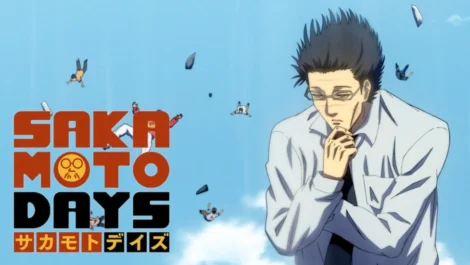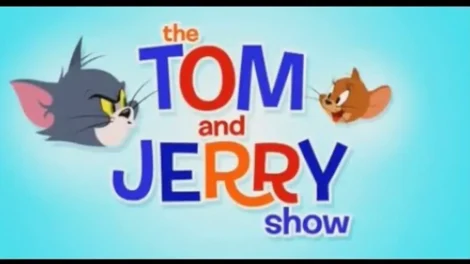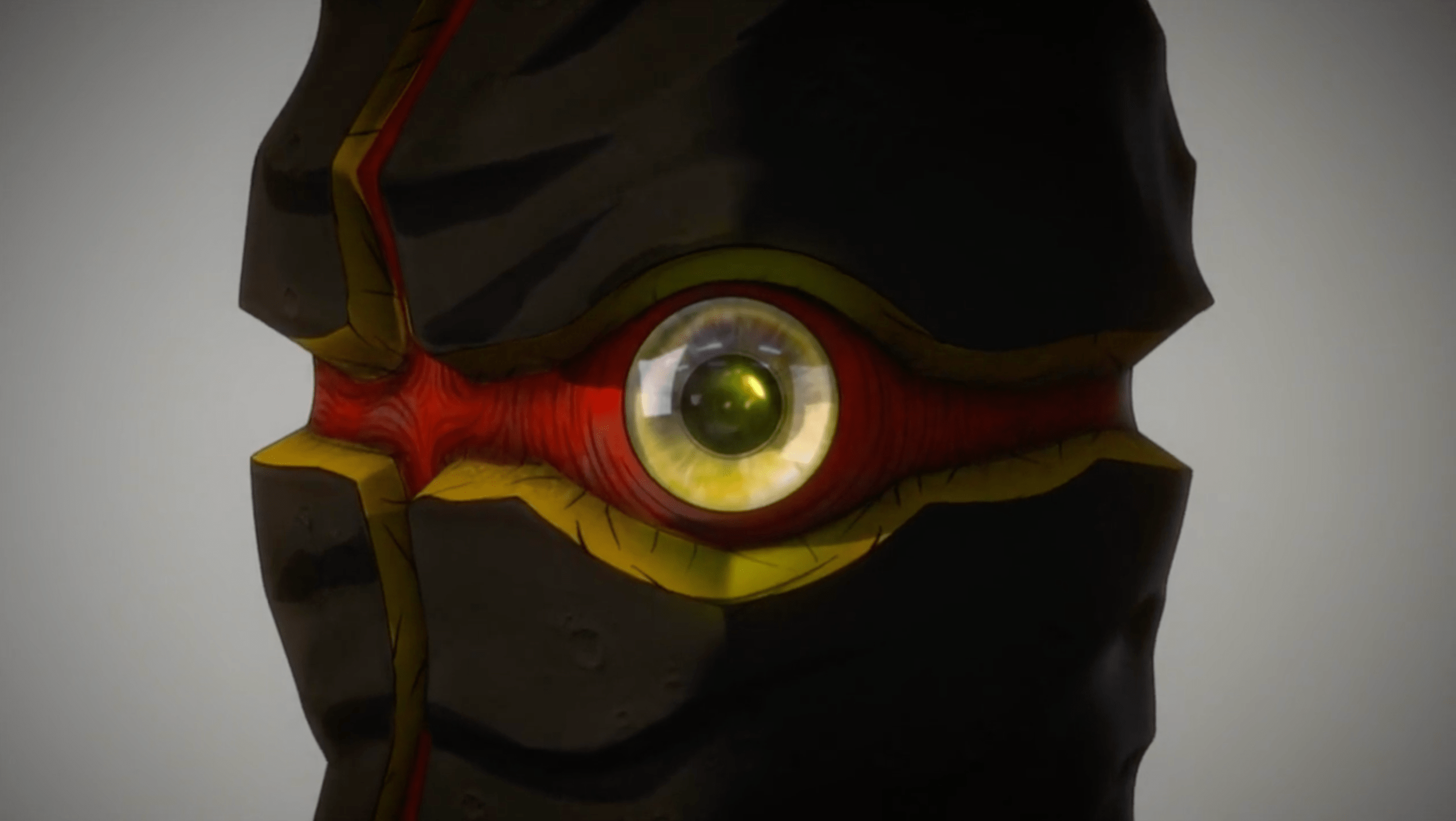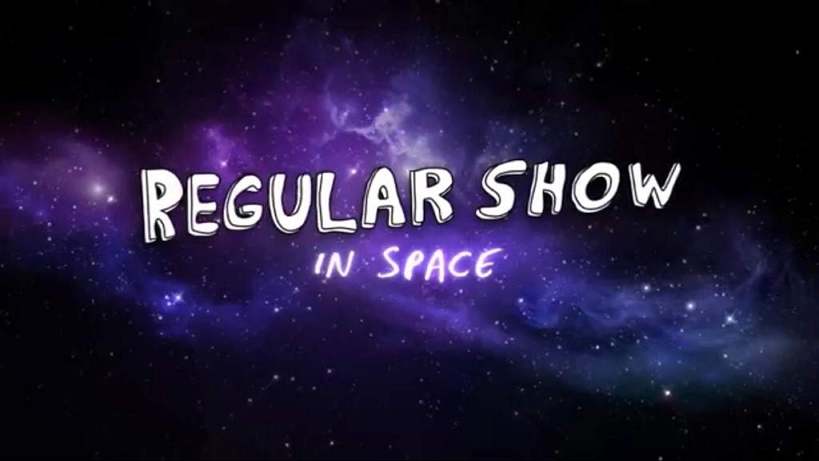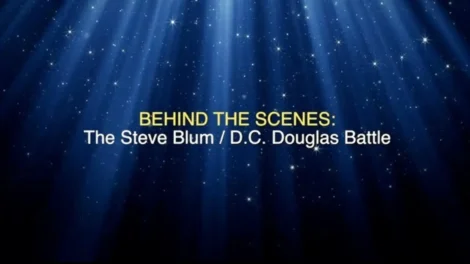P.O.V. from Kalego Naberius: “Ah, mere mortals, gather ‘round!”
Yes, you heard correctly: Netflix just dropped the revelation that over 50% of its global viewers are tuning into anime. Let that sink in, darling underlings. In an announcement at Anime Expo 2025, the streaming titan revealed that more than 150 million households—around 300 million viewers—are now enchanted by the magic of animated Japanese storytelling. That’s half of Netflix’s 300‑million‑strong subscriber base!
They also disclosed that anime viewership has tripled over the past five years and that in 2024 alone, 33 anime titles landed in Netflix’s Global Top 10 (Non‑English). That’s over a billion anime views worldwide. And apparently, 80–90% of those viewers prefer dubbed versions—yes, the sweet voice‑over charm wins again.
The rise of anime in America: a quick retrospective
When VHS tapes ruled the world (1980s–1990s)
Back in my day—before I slaughtered souls left and right—anime arrived in America through grainy VHS tapes and late-night cable blocks. Series like Robotech and Voltron introduced us to the idea of giant mechas and complex lore. Then came Dragon Ball Z and Sailor Moon, battling censorship and re-edits to capture late‑night U.S. audiences.
DVD boom & anime fandom (2000s)
Remember BLOCKBUSTER? Ha, enough said. But anime fans didn’t surrender—Fullmetal Alchemist, Naruto, Bleach found their way into DVD collections. Fan sub scenes rose like a phoenix as well, fueling conventions and fan‑driven translation projects. By the late 2000s, anime conventions had become mainstream, and cosplay was no longer embarrassing—it was art.
Streaming transformation (2010s–early 2020s)
Crunchyroll launched, and the gates swung wide. Easy access to simulcasts meant anime was no longer a niche treasure; it was a weekly ritual. Services like Crunchyroll, Funimation, Hulu, and later Netflix itself started competing for rights. By 2021, anime was the most demanded foreign‑language content in the U.S., surpassing Spanish and Korean shows.
Netflix goes all‑in
Netflix began cultivating anime seriously in the late 2010s, producing originals like Castlevania, Devilman Crybaby, Demon Slayer movies, and acquiring massive hits like Jujutsu Kaisen and Dandadan. They blended Japanese-styled storytelling with international flare, aiming for global resonance. Today’s reveal at Anime Expo 2025 is the fruit of that strategy: over half of viewers worldwide are watching anime.
Why anime is now a worldwide phenomenon
Emotional engagement and serialized storytelling
American shows often lean episodic—standalone thrills each week. Anime, on the other hand, thrives on serialized arcs: character development, world‑building, cliffhangers. That long‑form narrative draws fans in, makes us care, makes us binge.
Cultural accessibility and dubbed versions
Netflix’s 80–90% dub preference is telling. High‑quality voice acting bridges cultural gaps. With superb localization, Japanese nuance still shines through characters and stories, but viewers get to experience them in their own language. It’s like wielding a soul sword with ease.
Diverse genres—and everyone’s invited
Gone are the days when anime meant giant robots or magical girls alone. There’s horror (Chainsaw Man), sports (Slam Dunk), isekai (Sword Art Online), slice of life (My Happy Marriage), even poop comedy and existential dread. Whatever your taste, there’s anime for that.
Global access via streaming
Streaming obliterated barriers. No VHS, no subtitles to digitize—just one click. Now a studio in Japan can reach LA, Lagos, London in real time. Netflix and Crunchyroll partner on licensing, share hits like Jujutsu Kaisen and Dragon Ball, and global fandom grows exponentially.
Social media frenzy amplifies buzz
Twitter X clips, TikTok reaction videos, Reddit threads—it’s all fuel. A single breathtaking fight scene goes viral, people jump in. Netflix’s announcement at Anime Expo moved faster than a soul‑collecting demon. Shows trend overnight, fan art floods in, and subscriber counts follow.
Death of the sixth wall: Western voices in anime
Netflix has also introduced Western spin to anime—western‑directed anime, co‑produced by global teams. That fusion opens up new storytelling frontiers and expansion opportunities. Think of it as forming an international covenant of creativity. Some purists cry out, but hey, innovation never pleases everyone.
A little demonic self-promotion, if you’ll indulge me
And now, allow me to showcase something truly worth your mortal attention—D.C. Douglas and his anime performances currently gracing Netflix. Yes, you know the name: the voice behind Albert Wesker in the Resident Evil game series, but did you also know he’s lent his vocal menace to some of anime’s most iconic characters?
On Netflix, you can hear him as the chillingly charismatic Yoshikage Kira (posing as Kosaku Kawajiri) in JoJo’s Bizarre Adventure: Diamond is Unbreakable—a role so unnervingly smooth it could make even me, Kalego Naberius, raise an eyebrow. He also commands the seas as X Drake in One Piece, delivers the sharp-witted edge of Shoot McMahon in Hunter x Hunter, and channels raw spirit as Ryuosuke “Ryu” Umemiya in the 2021 revival of Shaman King.
If Netflix anime viewership is soaring past 50%, let’s just say part of that rise is thanks to the velvet menace of D.C. Douglas’ vocal cords. Even a demon can admit: when Kira whispers, humans listen.
What’s next? A half‑billion viewer milestone?
If anime now commands 50% of Netflix’s global audience, what’s next? Will we hit 60%, 70%? As long as quality stays high—good dubbing, impressive narratives, genre variety—anime will only grow.
Streaming giants are doubling down, production budgets rising in both Japan and overseas, and cross‑cultural collaborations are blossoming. Hollywood adaptations? Sure. Live‑action anime? Absolutely. When everyone’s doing it, anime becomes a shared culture, not just a niche obsession.
Final demon note
So, yes, 50% is not a typo. Netflix has embraced anime and turned entire fandoms into mainstream. That announcement was more than just a statistic—it was a declaration of anime’s supremacy. We’re watching, consuming, obsessing, sharing—and hell, if Netflix keeps delivering, that number may skyrocket.
Oh, and DC—your anime performances on Netflix? Keep demonizing. The world is ready for every voice you deliver.






